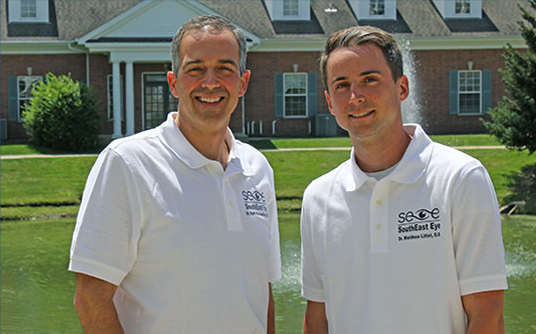Everyone's Vision Changes with Age

Did you know that by age 65, 1 in 6 Americans have a vision impairment that cannot be corrected with glasses or contacts? The number of older Americans with low vision is expected to double in the coming years, as more people live longer. Low vision describes poor vision that can't be fixed or improved with glasses, contacts, or surgery. People with low vision have blind spots that can make it difficult or impossible to drive, read, or see faces. Everyone's vision will change throughout their life, but with yearly dilated eye exams, we can help you slow the progression of eye diseases such as age-related macular degeneration (AMD), glaucoma, cataracts, and diabetic retinopathy.
Healthy Habits
You are never too old to start healthier habits.
- Eating eye-healthy foods (dark greens and healthy fats)
- Get moving – no matter your age!
- Wear your glasses - make sure they are clean :)
- Wear proper eye safety glasses, including sunglasses
- Talk about it! Schedule an appointment with us to discuss family history and vision changes
Even if you are not experiencing vision loss, it is important to get your eyes checked to establish your baseline sight. Once this is tracked, we can monitor if you experience vision loss in the future.
Symptoms of Vision Loss
Sometimes vision loss occurs slowly and you are unable to notice changes. Here are some signs of vision loss:
- Squinting to read or focus
- Loss of vibrant color vision
- Constantly adjusting light levels
- Knocking over objects or missing objects when you reach for them
If you are experiencing any of these changes, please call our office to schedule an appointment.
Sources:
- https://medialibrary.nei.nih.gov/search?keywords=vision%20and%20aging
- https://www.nei.nih.gov/learn-about-eye-health/outreach-resources/outreach-materials/everyones-vision-can-change-age
- https://www.nei.nih.gov/learn-about-eye-health/nei-for-kids/healthy-vision-tips
- https://www.aao.org/eye-health/news/seniors-healthy-eyes infographic
 (262) 654-0726
(262) 654-0726


